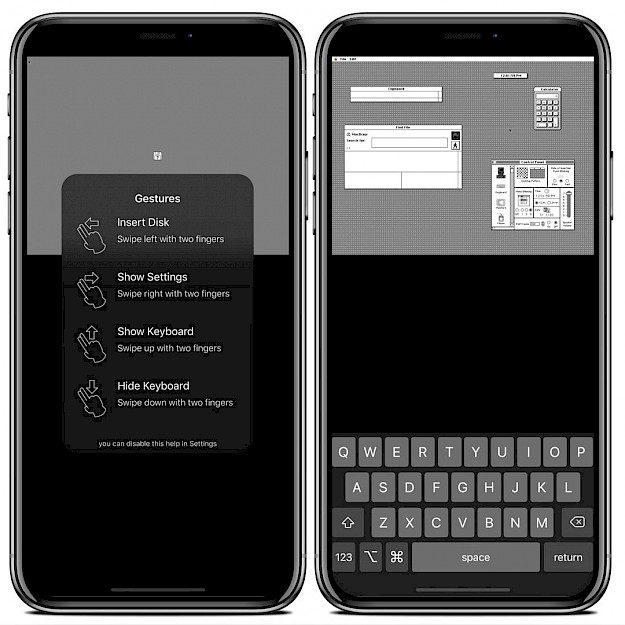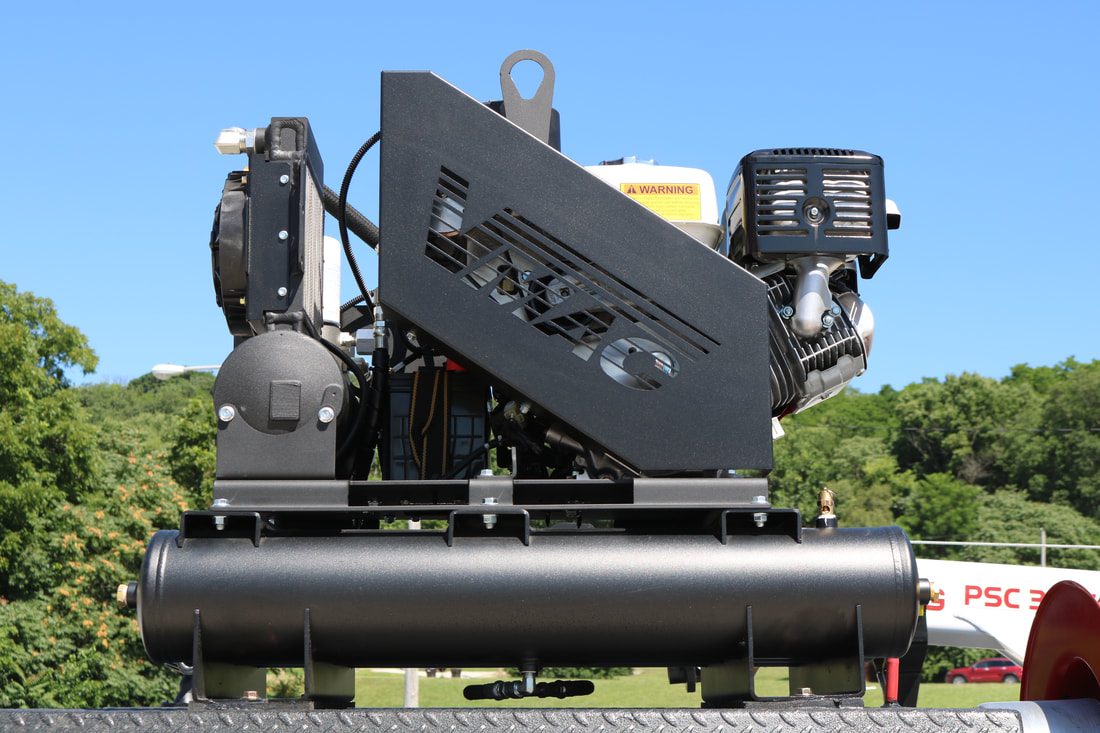

Drag and drop the ROM file on to Mini vMac (Figure 2), or rename the ROM file to the name Mini vMac is looking for, e.g.Running Mini vMac is fairly straight forward: Mini vMac can only use partition files, so you can either create one, or download one of my System 6.0.8 or System 7.5.5 volume images.

You can also just drag and drop the ROM file on to Mini vMac each time you run it.ģ. Don’t worry if Mini vMac can’t find the ROM file it will give you the name it is looking for so you can rename your ROM file to match.
Mini vmac plus#
For the Plus you can rename the file to vMac.ROM, for the SE it was MacSE.ROM.
Mini vmac archive#
Luckily these ROM files are now available on the internet archive and can be used for personal/research purposes: 128, 512Ke (same ROM as the Plus), Plus, SE, SE FDHD, Classic, or II (can also use IIx, IIcx, II FDHD, SE/30)ĭownload or create a copy of your own ROM, then place that ROM file in the folder you created in section 1.2 above. if you downloaded the Plus variation of Mini vMac, you’ll need the a copy of the Plus’s ROM. To run Mini vMac you’ll need a file containing a copy of the ROM for the system you are trying to emulate, e.g.
Mini vmac install#
Mini vmac how to#
Once I have everything setup the way I want on the volume image I can use Basilisk II to copy the contents of the volume image to a drive image if needed.īecause Mini VMac is already well documented on sites like Emaculation, I’m only going to describe the basics of how to setup Mini vMac and focus on how you can use it to add or remove files from the System 6.0.8 or System 7.5.5 bootable volume images available to download on my site. I mainly use Mini vMac for working with System 6.x and earlier Systems that aren’t supported by Basilisk II. You probably know what Mini vMac is, but if not, a quick summary: Mini vMac is an open source emulator of some 68k-based Macintosh computers that runs on Windows, OS X, Linux, FreeBSD, NetBSD, Open Indiana, Microsoft Windows Mobile, and some other platforms.
Mini vmac windows 10#
This entry describes how you can edit my volume images on Windows 10 using Mini vMac (Mini vMac cannot read or modify drive images). 1.44MB floppy disk drives, and ZIP drives, which can then be used directly on vintage Macs.One of the most popular features of my site is my ready made System 6.0.8 or System 7.5.5 bootable images for use with 68k Macintosh systems. Both have the advantage of accessing real HFS volumes via USB ports, i.e. Basilisk II also offers similar features, but in my experience is much more difficult to set up, is quite a bit more buggy and hasn't been updated in quite a while. While Sheepshaver is buggy, it does allow more versatility than Mini vMac at the moment. I also use it, running OS 8.1 to open HFS+ images created under Snow Leoapard, into which I have copied compressed archive files, and copy the contents to HFS images which I then use with Mini vMac: the hands down the best vintage Mac emulator out there.

This is how I set it up and use it to transfer files between Snow Leopard and an real 128K: Sheepshaver is my Mac transition emulator of choice, to keep everything within a Mac-like environment. Just hope OS X 10.7 doesn't drop HFS read too following their historical pattern in dropping support of MFS with OS 7.6 & 8. It's nice to know that works for now, until Zydeco's solution works more universally to write to HFS images. Indeed not very Mac-like, but I've never had a problem with cmd-line interfaces as long as I have the commands and especially the step-by-step instructions in front of me.


 0 kommentar(er)
0 kommentar(er)
